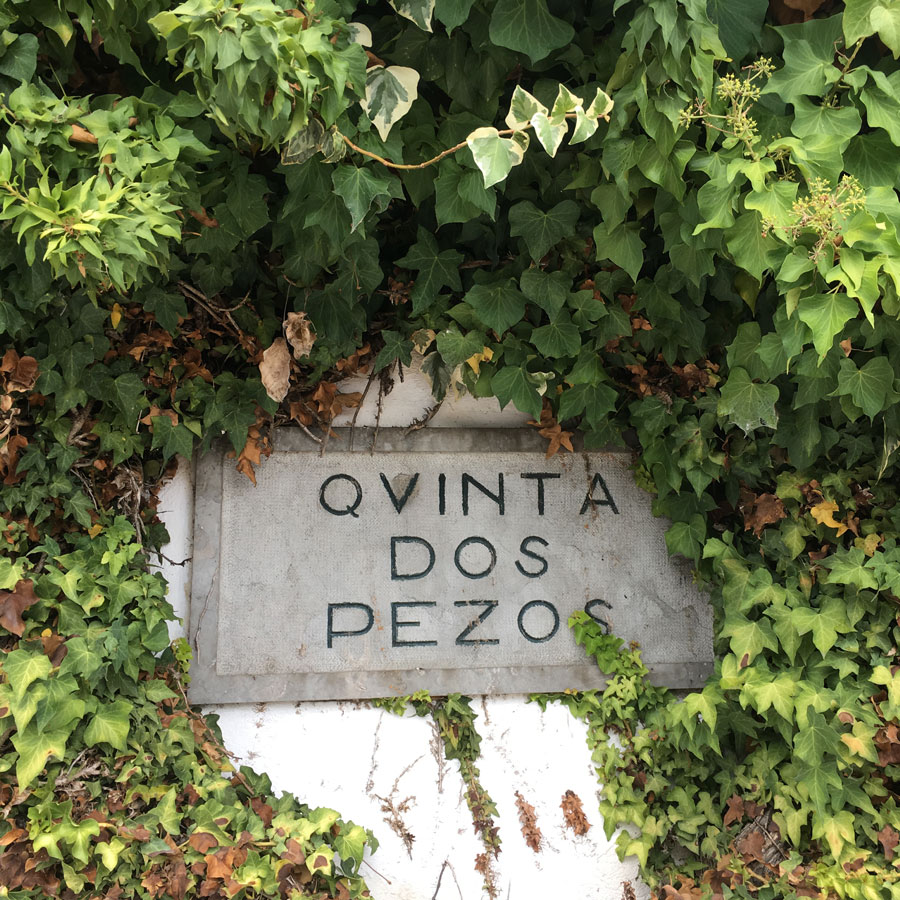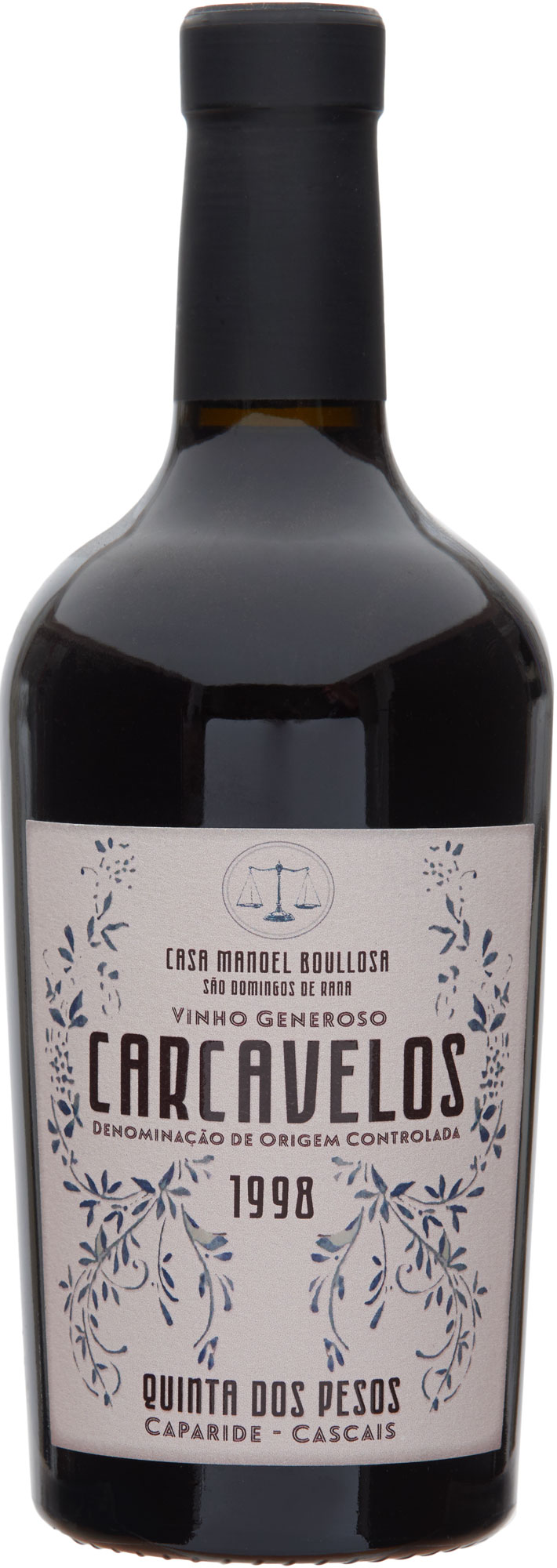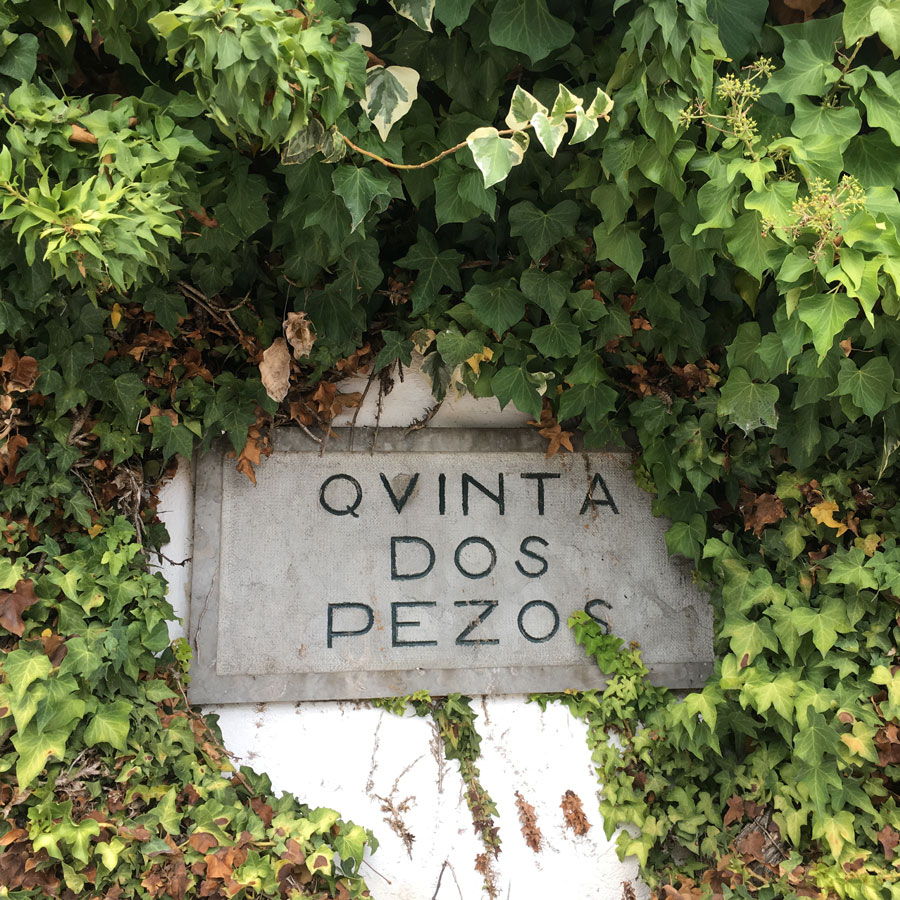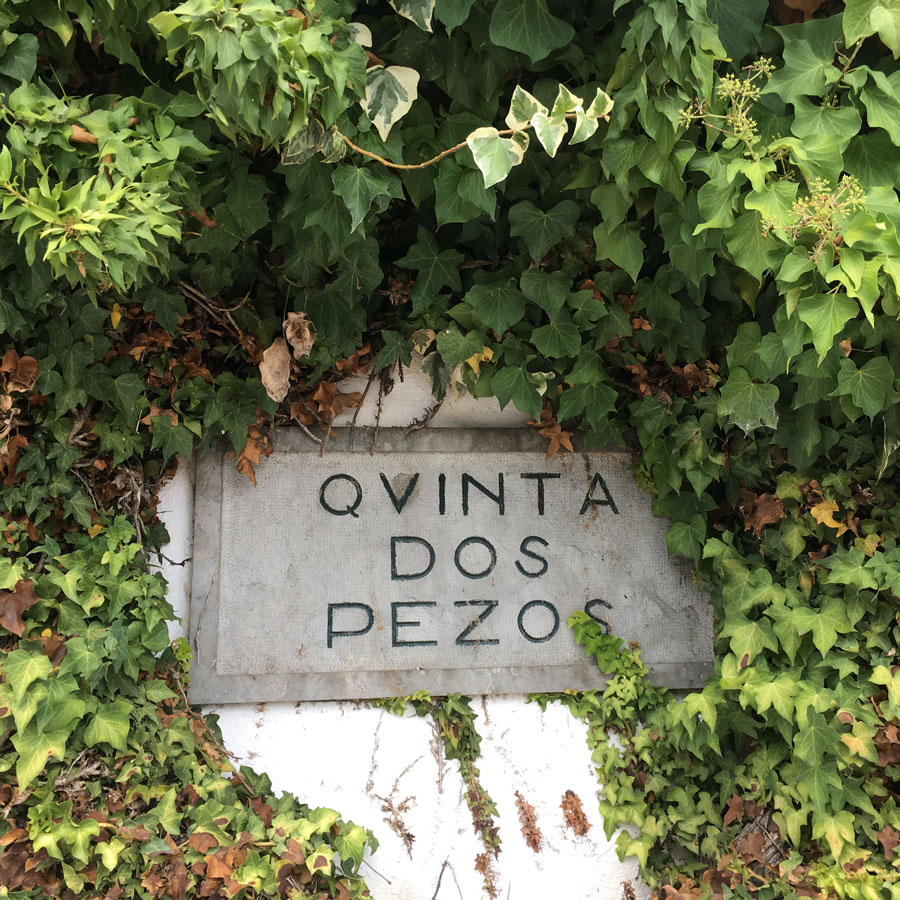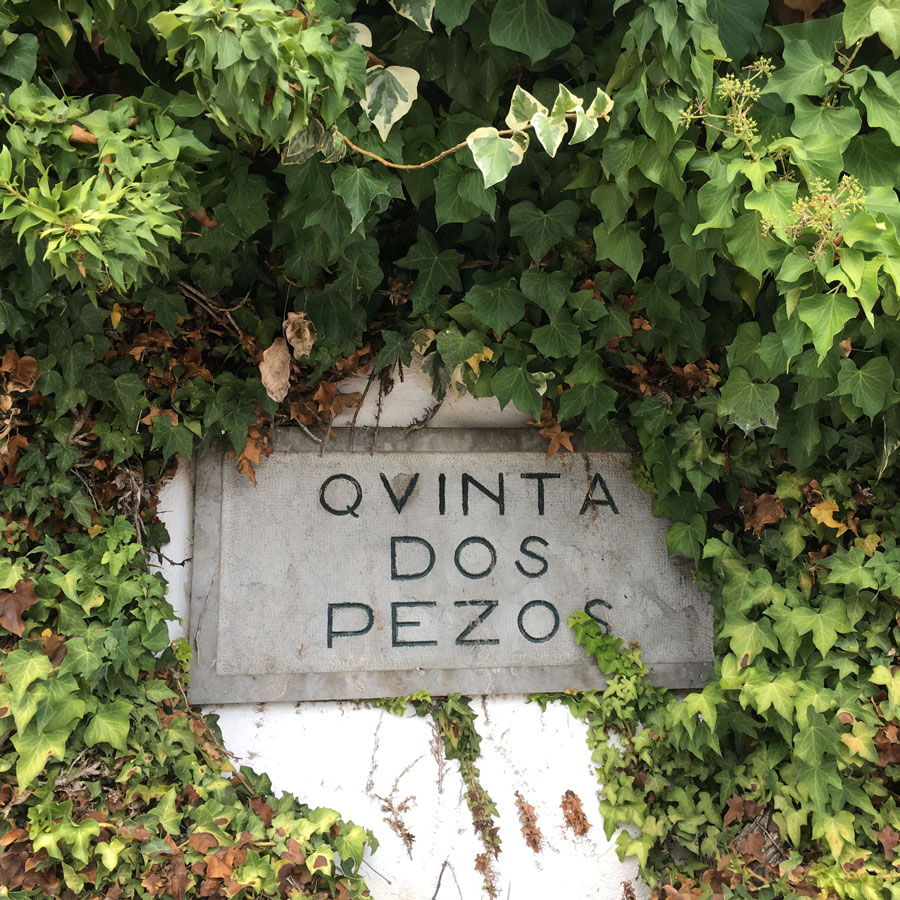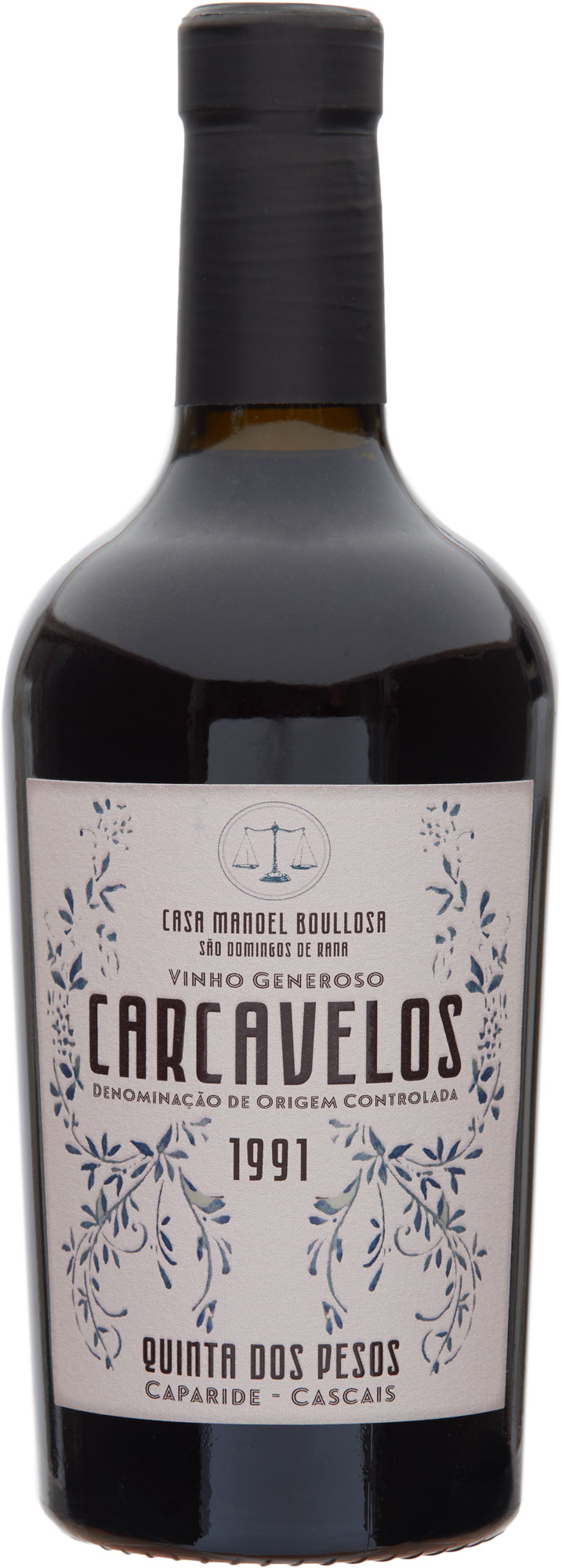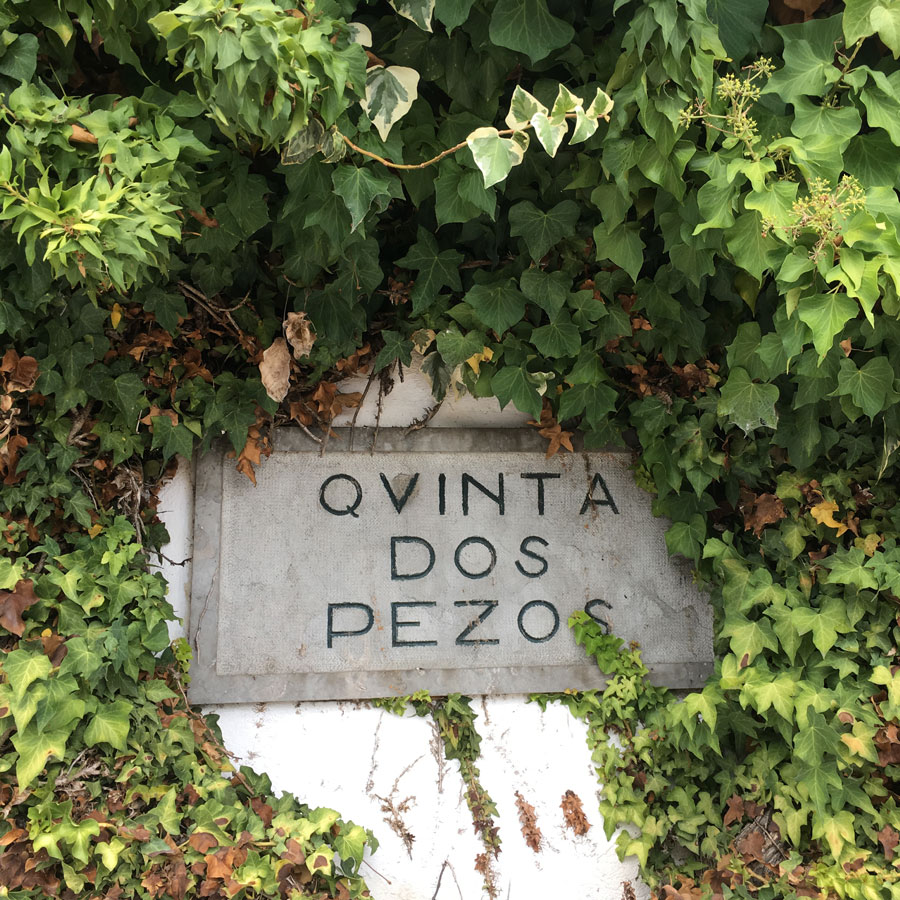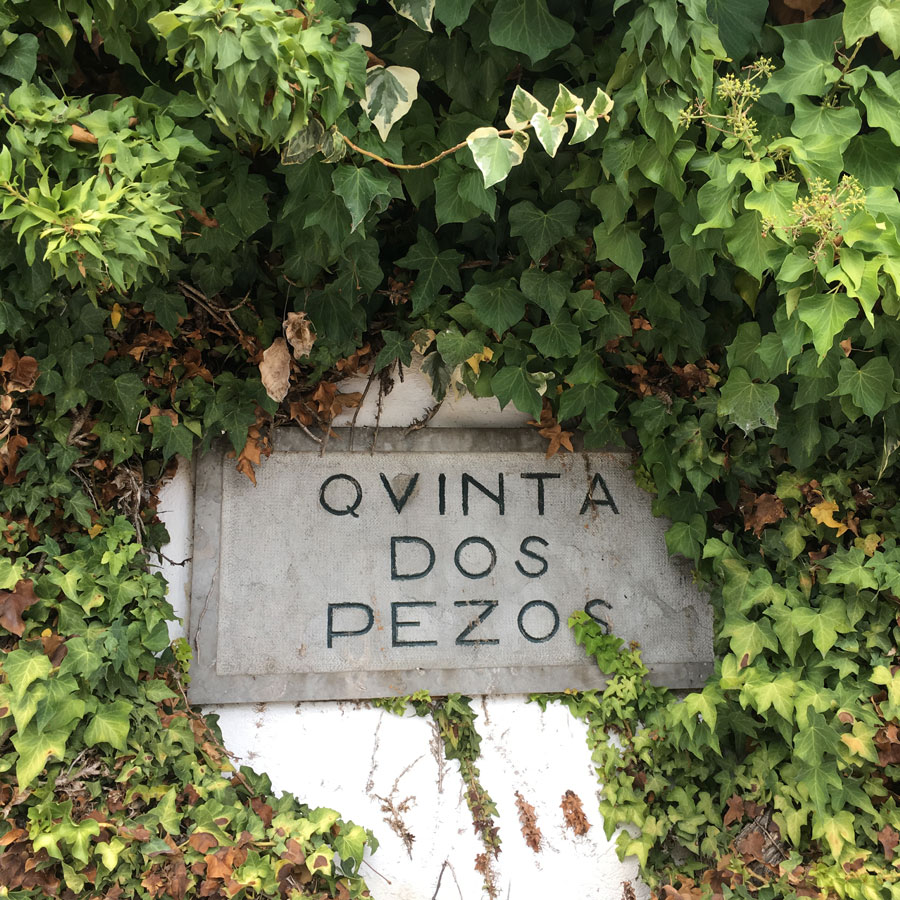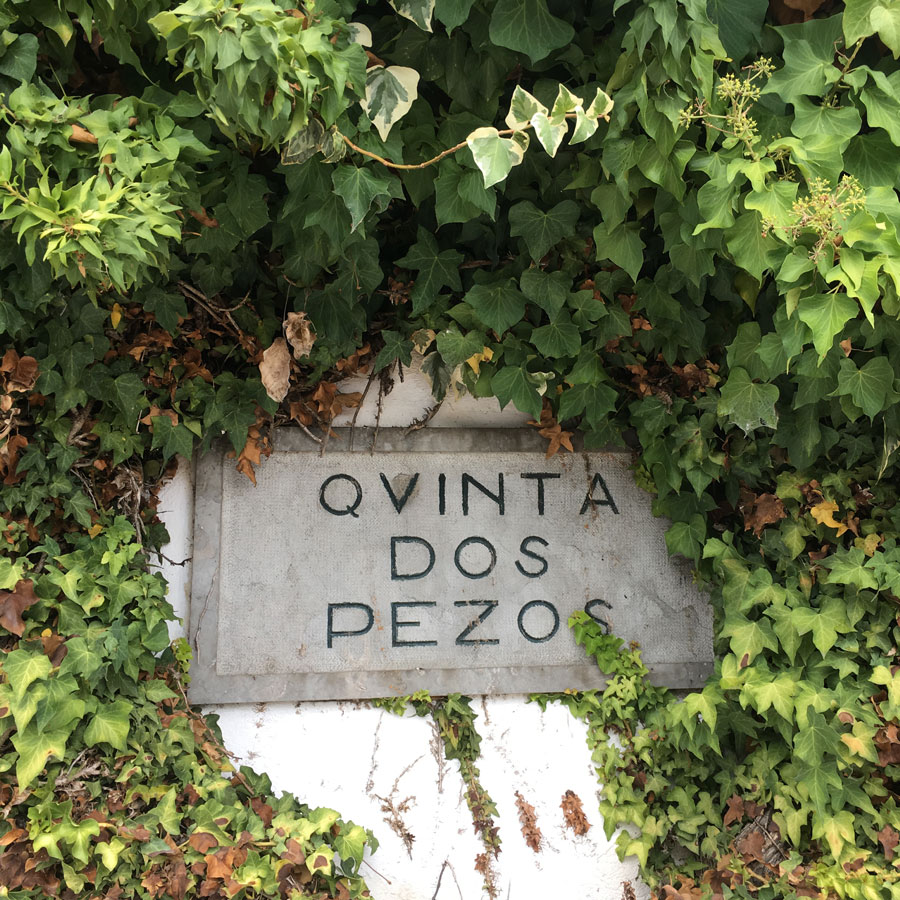Carcavelos DOC
Categories: Carcavelos
Carcavelos is the smallest wine appellation in Portugal. Lying west of Lisbon as it stretches along the Targus estuary in search of the Atlantic, its vineyards were nearly consumed by expansion and development during the last quarter of the 20th century, until just 25 hectares—now protected—remained. It first came to prominence in the 18th century under the Marquis de Pombal, who possessed significant vineyard holdings in the hills surrounding Oeiras and Cascais. Carcavelos quickly gained renown, when it was gifted by King Jose I of Portugal to the court of Beijing in 1752 and later was featured in Christie’s first-ever London wine auction, appearing alongside Hock, Burgundy and Malaga. Yet production remained small (relative to that of Port and Madeira), and the arrival of phylloxera in the late 19th century began Carcavelos' slow fade—even as it was officially demarcated in 1908 and recognized with Port, Moscatel de Setúbal and Madeira as one of four traditional Portuguese Vinhos Generosos.
Today, Carcavelos is amongst the rarest of wines. Just one active producer, Villa Oeiras, remains, while the wines of Quinta dos Pesos—which ceased production in 2005 and were little commercialized—were specially selected from barrel and bottled by the Sotolon Selection team.
Carcavelos is a vinho generoso, or strong fortified wine, produced from a blend of up to nine different white and red varieties (for the whites: Arinto, Gallego Dourado and Ratinho are most common; for the reds: Trincadeira, Negra Mole and Castelão). The fermentation can be arrested via mutage, or the wine can be fermented dry and subsequently fortified with vinho abafado (a fermented grape must, preserved by the addition of neutral alcohol), bringing it to 18-20% abv, typically with 80-95 g/l of residual sugar, similar to the sweetness level of Boal Madeira. The wine must then be aged a minimum of three years in cask, but elevage can range from five to 20 years, the wine becoming oxidative in character, with barrels more or less topped-up, depending on the style of the producer. Both vintage and blended age-statement are made.
Villa Oeiras Carcavelos Tinto 10-Year Old
Portugal ➜ VR Lisboa ➜ Carcavelos DOC 19.0% ABV
19.0% ABV • Fortified, Oxidative
The first ever Carcavelos Tinto imported to the US, this exhilarating wine comes from Portugal's smallest appellation, just west of Lisbon along the Tejo estuary as it opens out to the Atlantic. A terrific alternative to Tawny Port, it is produced from small, calcareous seaside vineyards highlighting local varieties Castelão and Trincadeira.
Full detailsVilla Oeiras Carcavelos 'Nacional' 12-Year Old
Portugal ➜ VR Lisboa ➜ Carcavelos DOC 18.5% ABV
18.5% ABV • Fortified, Oxidative
Villa Oerias Carcavelos 'Nactional' 12-Year Old is Carcavelos as it might have been when it was first produced by the Marquis do Pombal in the mid-18th century. Aged exclusively in Portuguese ('Nacional') oak, which lends a pleasingly rusticity and generosity of spirit, it is the first such expression of Carcavelos in more than half a century.
Full detailsVilla Oeiras Carcavelos 15-Year Old
Portugal ➜ VR Lisboa ➜ Carcavelos DOC 19.0% ABV
19.0% ABV • Fortified, Oxidative
Benchmark of the appellation, Portugal's most diminutive and one of the smallest in Europe, Villa Oeiras Carcavelos 15-Year Old was the first Carcavelos imported to the US in many decades.
Full detailsQuinta dos Pesos Carcavelos 1999
Portugal ➜ VR Lisboa ➜ Carcavelos DOC 20.0% ABV
Quinta dos Pesos Carcavelos 1998
Portugal ➜ VR Lisboa ➜ Carcavelos DOC 21.0% ABV
Quinta dos Pesos Carcavelos 1997
Portugal ➜ VR Lisboa ➜ Carcavelos DOC 21.5% ABV
Quinta dos Pesos Carcavelos 1996
Portugal ➜ VR Lisboa ➜ Carcavelos DOC 20.0% ABV
Quinta dos Pesos Carcavelos 1995
Portugal ➜ VR Lisboa ➜ Carcavelos DOC 20.5% ABV
Quinta dos Pesos Carcavelos 1994
Portugal ➜ VR Lisboa ➜ Carcavelos DOC 21.0% ABV
Quinta dos Pesos Carcavelos 1993
Portugal ➜ VR Lisboa ➜ Carcavelos DOC 20.5% ABV
Quinta dos Pesos Carcavelos 1992
Portugal ➜ VR Lisboa ➜ Carcavelos DOC 21.5% ABV
Quinta dos Pesos Carcavelos 1991
Portugal ➜ VR Lisboa ➜ Carcavelos DOC 20.0% ABV
Quinta dos Pesos Carcavelos 1990
Portugal ➜ VR Lisboa ➜ Carcavelos DOC 21.0% ABV
Quinta dos Pesos Carcavelos 1989
Portugal ➜ VR Lisboa ➜ Carcavelos DOC 21.0% ABV
Quinta dos Pesos Carcavelos 1988
Portugal ➜ VR Lisboa ➜ Carcavelos DOC 21.0% ABV
Quinta dos Pesos Carcavelos 1987
Portugal ➜ VR Lisboa ➜ Carcavelos DOC 21.0% ABV














